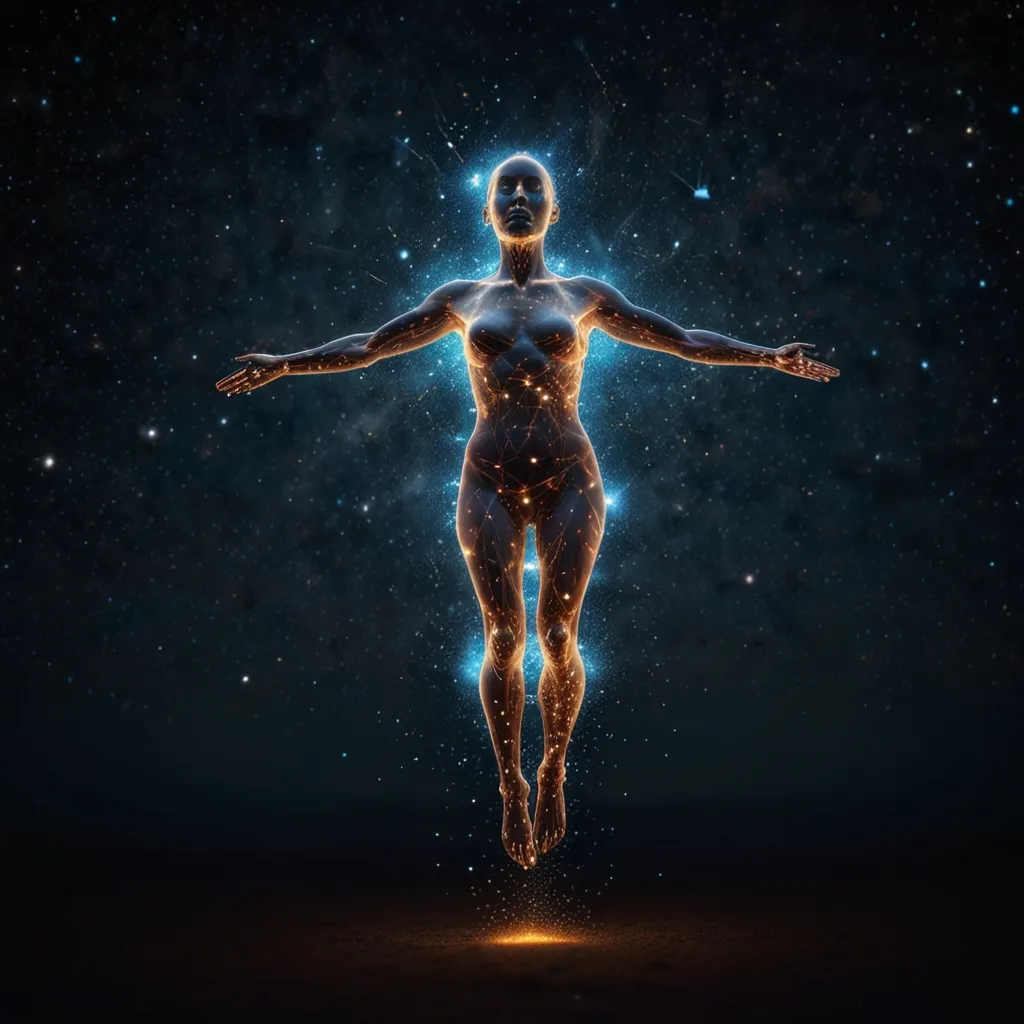In the realm of physics, the ultimate goal is to describe our world through a unified theory that connects all the little pieces into a stunning grand puzzle—a Theory of Everything. The closest we’ve come to this grand understanding is the Standard Model of Particle Physics. Consider it the periodic table for fundamental particles, its equations being the most accurate framework we currently have. Yet, it’s not perfect, leaving out critical elements like dark matter, dark energy, and a quantum theory of gravity.
This is where the theoretical idea of supersymmetry, or SUSY, enters the scene. Supersymmetry suggests a connection between matter particles and force-carrying particles through a new kind of symmetry. While there’s no experimental confirmation yet, a broken form of supersymmetry could still answer many burning questions in our current understanding of the universe.
So why is supersymmetry important? If proven true, it could tackle the so-called hierarchy problem involving the Higgs boson’s low mass, unite the strong and weak forces, and even propose a candidate for dark matter.
But let’s dig deeper. What exactly is symmetry in physics? Symmetry means that a change in a system doesn’t alter the outcome. In nature, we see several fundamental symmetries such as charge, parity, and time. Together, they form CPT symmetry, which no interaction has ever violated all at once.
In physics, symmetries guide us to new rules that the universe obeys, narrowing down the possibilities for how the universe is organized and pointing us toward a Unified Theory. Supersymmetry posits a symmetry between matter particles (fermions) and force particles (bosons). For instance, fermions are matter-building particles, while bosons carry forces. Supersymmetry would mean every particle has an opposite type counterpart: fermions have bosonic partners and vice versa.
So what’s spin? In quantum mechanics, “spin” is not about physical spinning but rather how particles react to magnetic fields. Fermions, governed by the Pauli Exclusion Principle, can’t occupy the same quantum state. Bosons, however, don’t follow this rule and can group together.
Supersymmetry aims to balance the number of fermions and bosons, adding extra particles to the Standard Model. These counterparts get unique names; squarks for quarks and selectrons for electrons, while bosons get an “-ino” suffix like “gluino” for gluon’s mirror particle.
You might wonder why we need such a symmetry. Well, supersymmetry could solve significant problems. Firstly, it could elucidate the Higgs boson’s low mass by balancing quantum corrections involving additional bosons, like the stop squark. Secondly, it could unify the fundamental forces—electromagnetism, the strong force, and the weak force—at higher temperatures. Finally, it might provide a candidate for dark matter by positing stable, massive supersymmetric particles.
While it’s compelling, we haven’t confirmed supersymmetry experimentally yet. One reason could be that supersymmetric particles are too heavy for current particle accelerators to produce. If they are dark matter particles, their interactions might be so faint that we simply haven’t detected them.
Supersymmetry remains a theoretical framework awaiting experimental proof. Detecting even one supersymmetric particle might bring us closer to the elusive Theory of Everything. Understanding complex ideas like these can be daunting, but they rest on fundamental, often simpler scientific principles. Building a robust base of scientific understanding is key to grasping these advanced concepts. Keep curious and stay tuned to the fascinating journey of physics.






